The Evolution Of Scooters: When Scooters Became The Cool Way To Go
Scooters have become a beloved mode of transportation around the world. They offer a practical and stylish way to get around, whether the classic Vespa or the latest electric models.
But how did this simple two-wheeled vehicle evolve into such a significant part of our daily lives? The history of scooters is a fascinating story that begins in war-torn Europe and continues into the high-tech cities of today.
In this post, we’ll explore the origins of the scooter, its rise to cultural icon status, and its ongoing evolution into a modern-day urban essential.
The origins of scooters

The scooter’s story begins in post-war Europe, where the need for affordable and efficient transportation was paramount. Enrico Piaggio, determined to create a viable alternative to the automobile, introduced the Vespa in 1946.
This iconic scooter was the brainchild of aeronautical engineer Corradino D’Ascanio, who designed it with practicality in mind. Unlike motorcycles, the Vespa was comfortable, easy to ride, and clean, thanks to its stress-bearing body and direct mesh drive.

The name “Vespa,” meaning “wasp” in Italian, was inspired by its unique design—a narrow “waist” and a wide central part where the rider sat.
The Vespa quickly became a hit, offering a stylish and affordable mode of transport for the masses. By 1948, production had skyrocketed, with nearly 20,000 units produced.

The Vespa’s success wasn’t confined to Italy; it soon spread across Europe and beyond, making it a symbol of freedom and modernity in the post-war world.
The Vespa boom, a cultural icon

The Vespa swiftly transformed from a practical vehicle into a cultural icon, especially after its starring role in the 1953 film “Roman Holiday” with Audrey Hepburn and Gregory Peck.
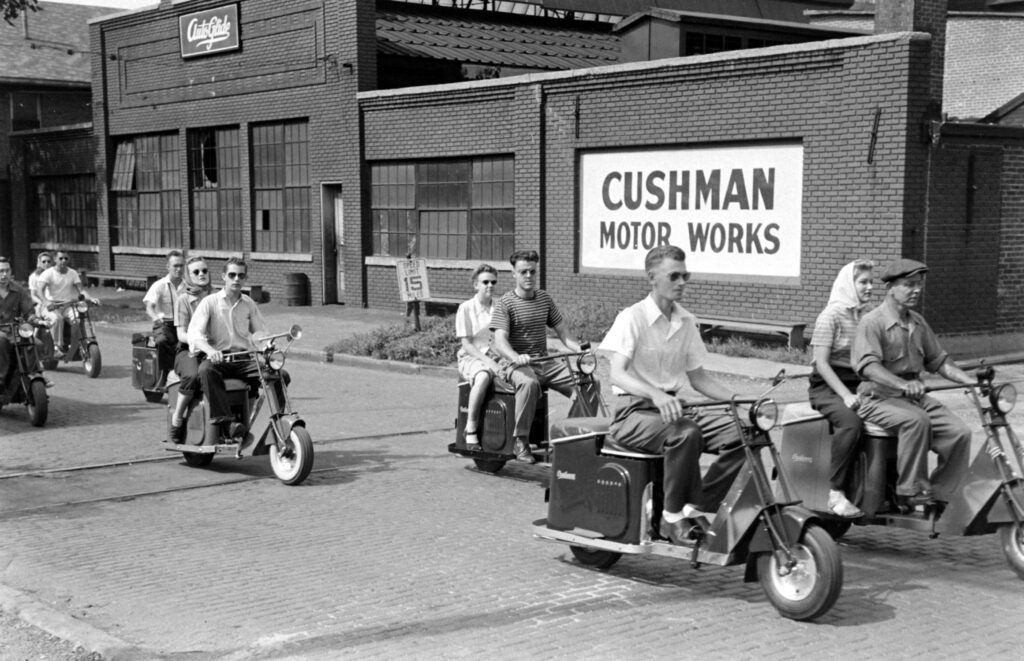
The film’s romantic portrayal of Rome, with the Vespa at its center, sparked a surge in the scooter’s popularity, making it synonymous with the carefree, adventurous spirit of the 1950s and 60s. Young people around the world embraced the Vespa as a symbol of freedom and style.
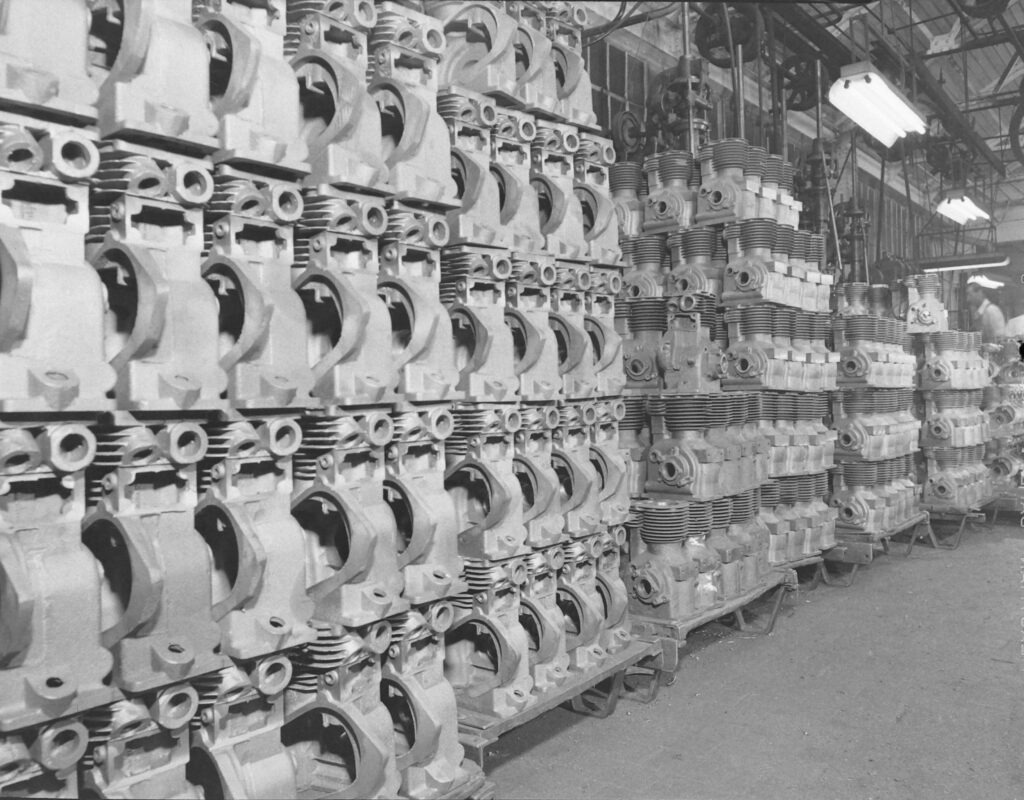
In post-war Europe, where the focus was on rebuilding, the Vespa offered an affordable and stylish transportation solution for a war-torn Italy.

Its appeal quickly spread beyond Italy’s borders, with Piaggio capitalizing on its success by expanding production across Europe and beyond. By 1953, Vespas were being manufactured in Germany, the UK, France, Spain, and Brazil.

By the mid-1950s, the Vespa had become a global phenomenon, with sales exceeding 60,000 units in 1950 alone. By 1956, Vespa production had surpassed the one million mark.

It was more than just a mode of transport; it had become a cultural touchstone, symbolizing freedom and adventure. Vespa Clubs began to spring up around the world, uniting enthusiasts who viewed the scooter as a lifestyle rather than just a vehicle.
The expansion of scooters from gasoline to electric

As the decades passed, the need for environmentally friendly transportation grew, leading to the rise of electric scooters.
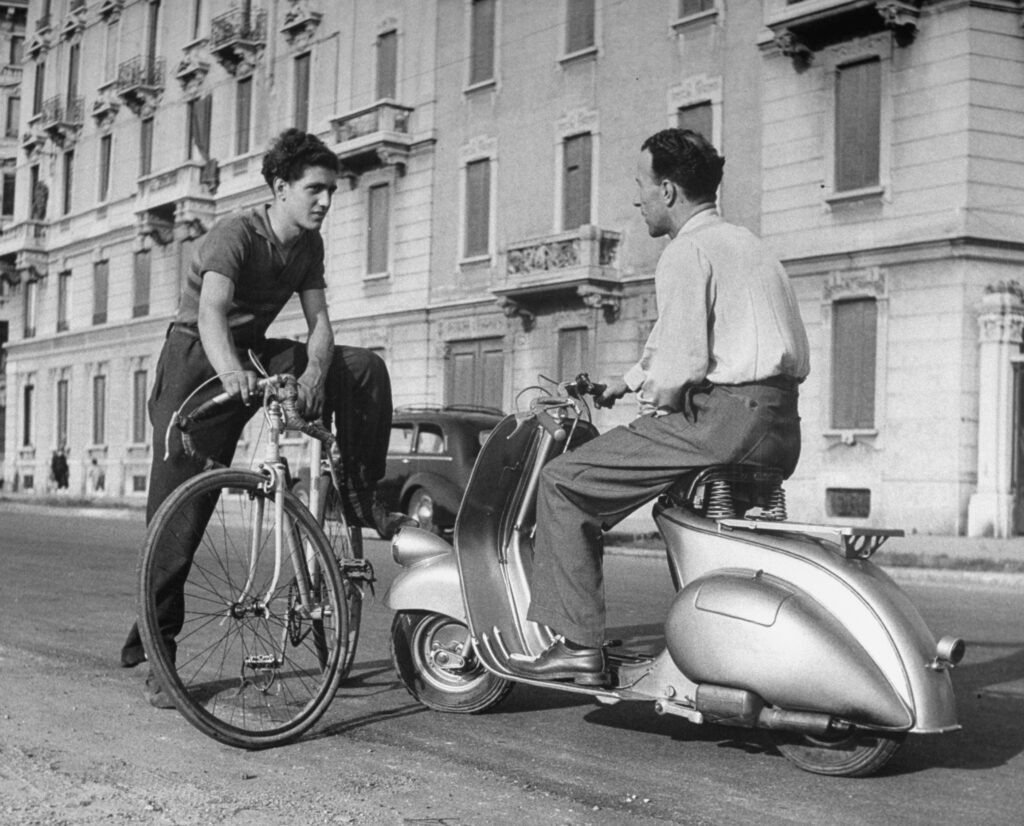
The shift from gas-powered to electric scooters marked a new chapter in the scooter’s evolution. The Razor electric scooter, introduced in 2003, was an early pioneer, but it was the advancements in Lithium-ion battery technology around 2009 that truly transformed the market.
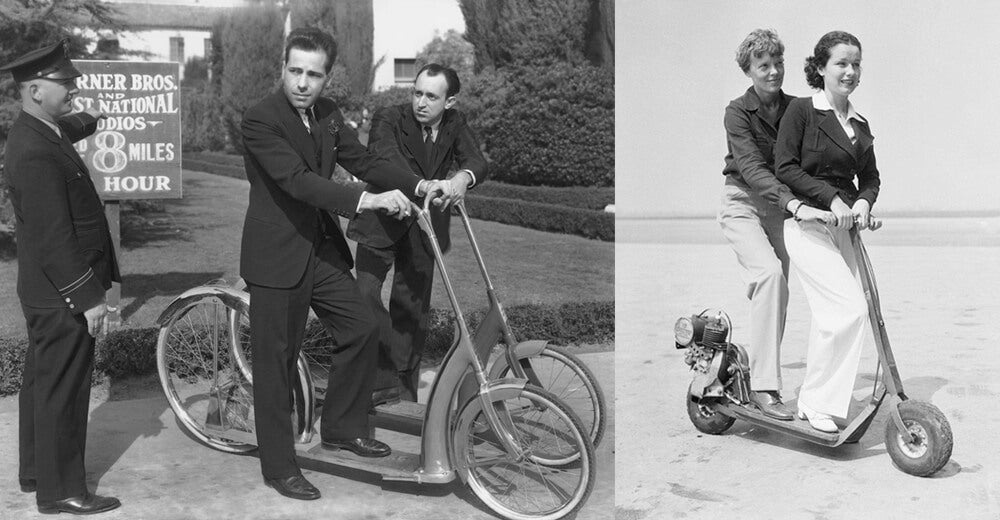
These batteries allowed for longer rides and faster charging times, making electric scooters a practical alternative for urban commuters.
Today, electric scooters are a common sight in cities worldwide, thanks to companies like Bird and Lime. These scooters offer a convenient, eco-friendly way to navigate crowded urban streets, helping to reduce traffic congestion and pollution.

The rise of scooter-sharing programs has made these vehicles accessible to everyone, further cementing their place in modern transportation.
Scooters in the modern world
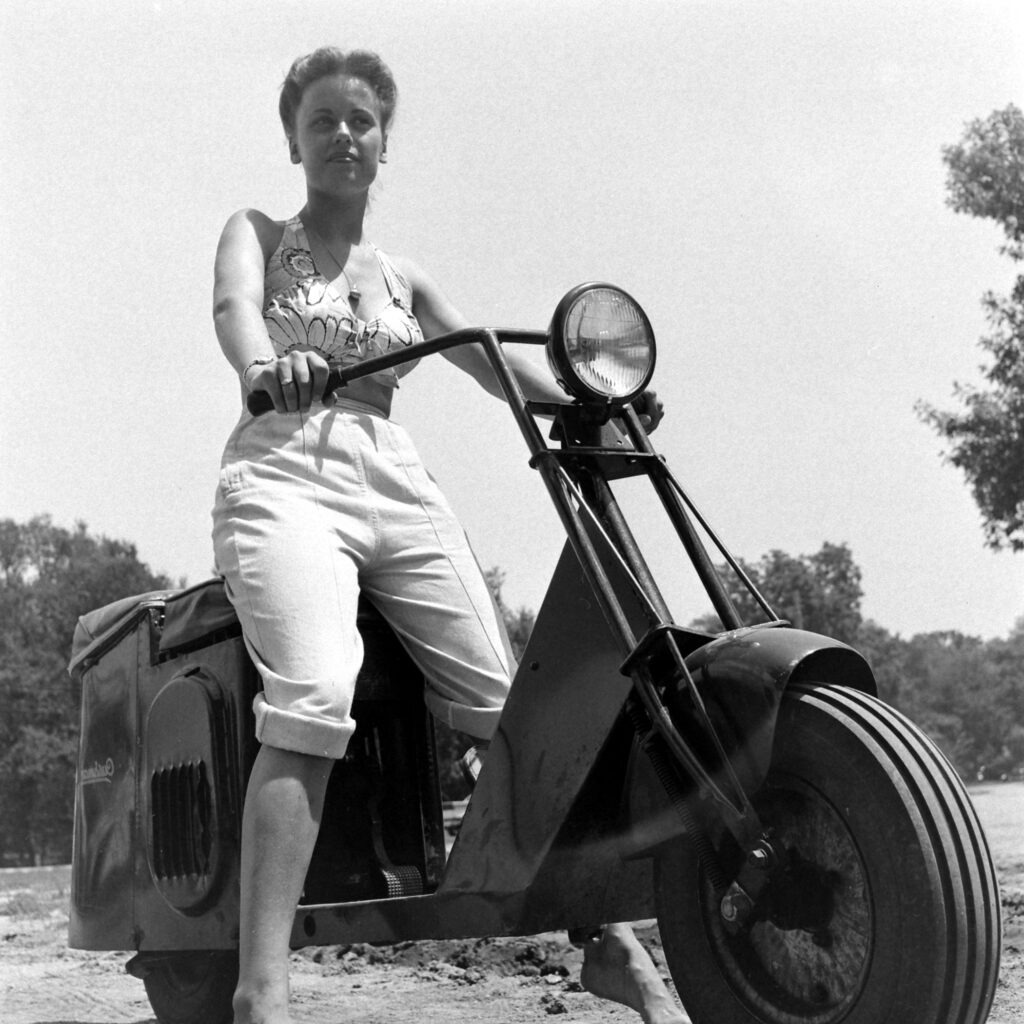
Scooters have long been more than just a practical mode of transport—they are cultural icons that have left an indelible mark on society. The Vespa’s starring role in Roman Holiday set the stage for its enduring place in popular culture.
Over the decades, the Vespa and other scooters have appeared in countless films, symbolizing freedom, rebellion, and a carefree lifestyle.

Films like Quadrophenia in 1979 further solidified the scooter’s association with youth culture, particularly the Mod movement in the UK, where Vespas and Lambrettas became the preferred ride of choice for a generation of style-conscious rebels.
In addition to film, the Vespa has been a staple in fashion and advertising. Its sleek design and association with Italian sophistication made it a favorite subject in photo shoots and commercials.

Celebrities like John Wayne, Charlton Heston, and Milla Jovovich have all been seen riding Vespas, adding to the scooter’s glamorous image.
Even in the 21st century, the Vespa remains a symbol of style, appearing in modern films like The Talented Mr. Ripley and 102 Dalmatians, where it represents a blend of vintage charm and contemporary cool.

Scooters also made their mark on the racing circuit. In the 1950s, Vespa models were adapted for speed and endurance races, with some even crossing the English Channel on amphibious versions.
The Vespa also participated in the Paris-Dakar Rally, proving that these small vehicles could handle even the toughest terrains.

